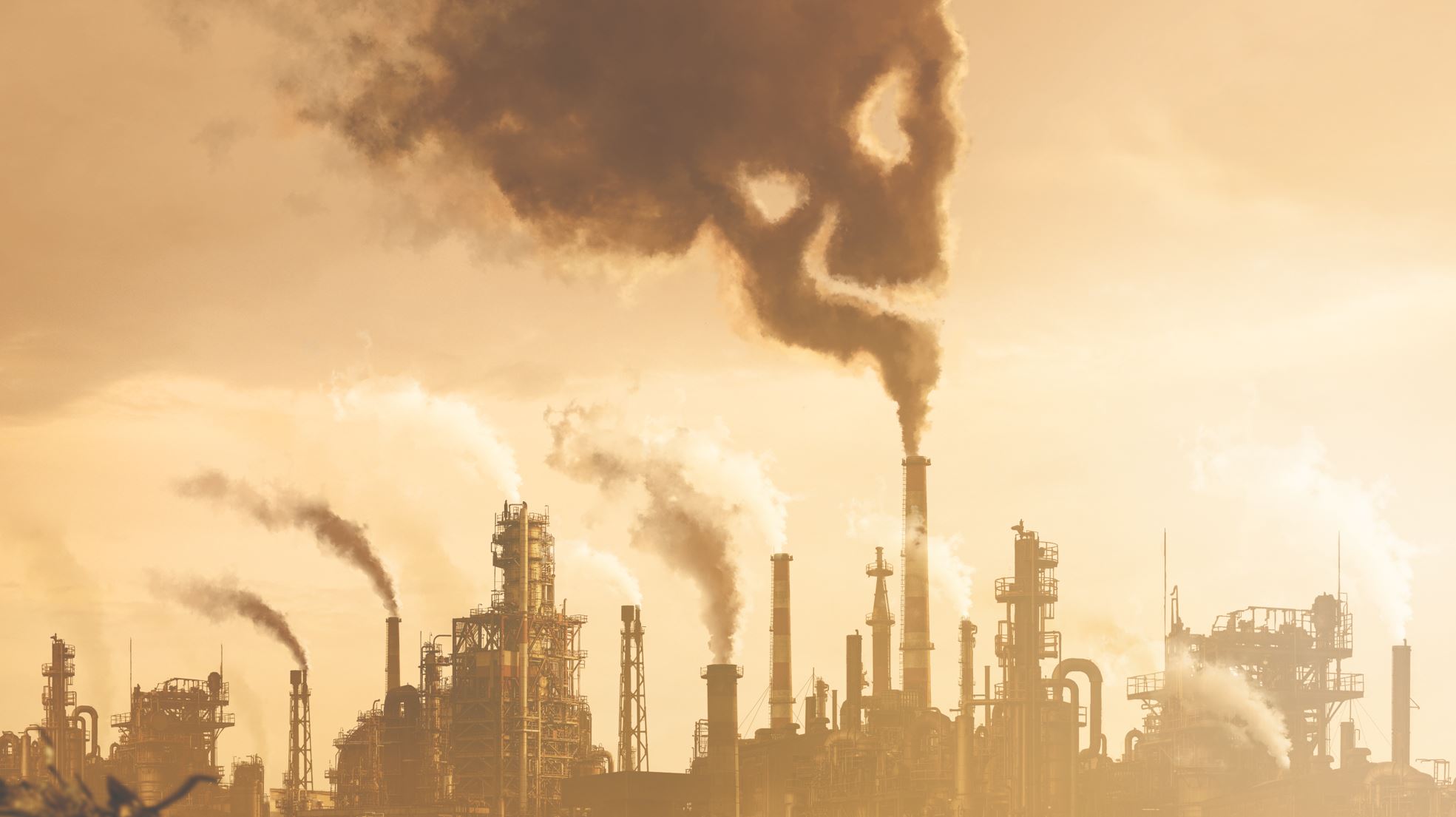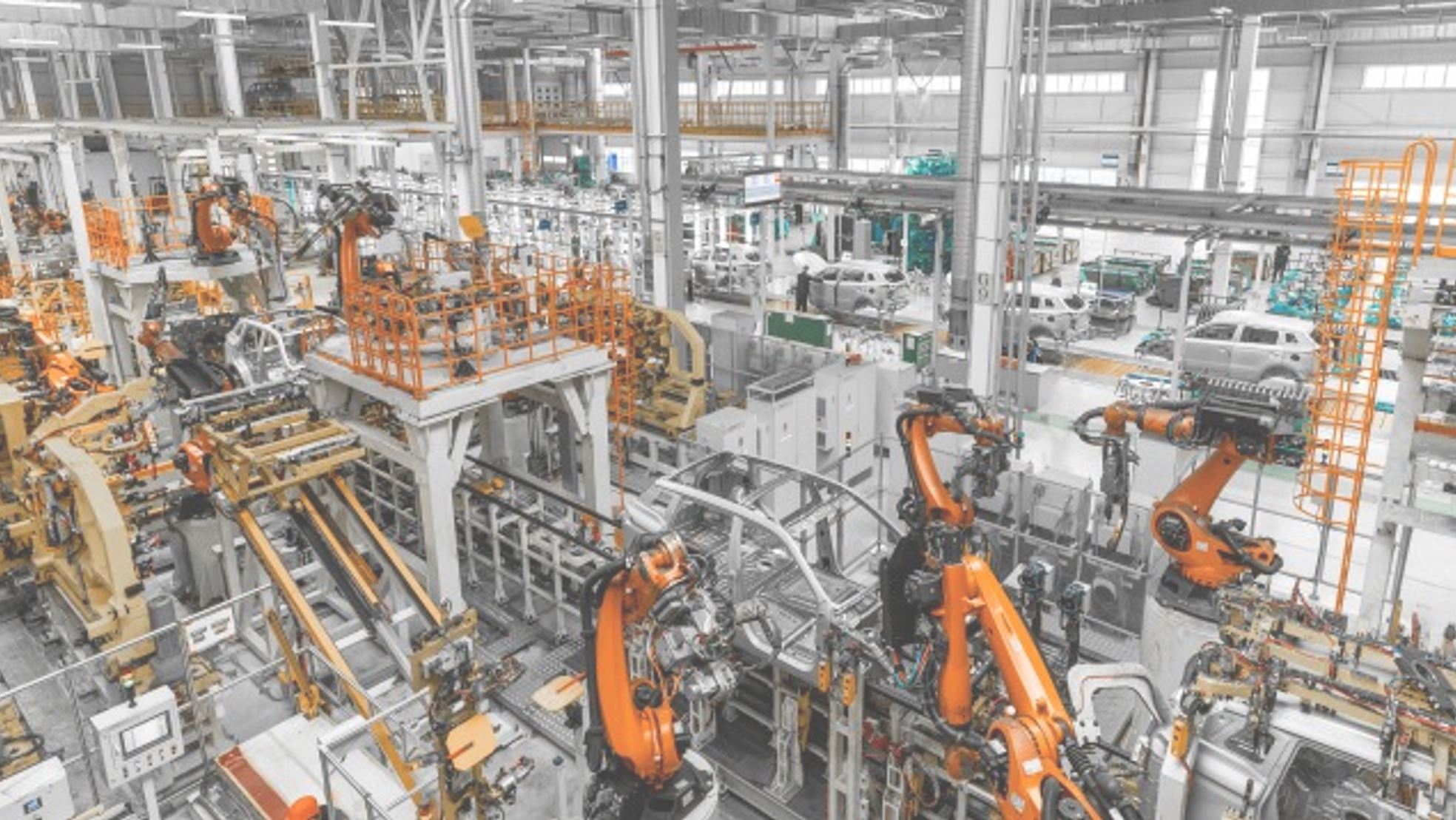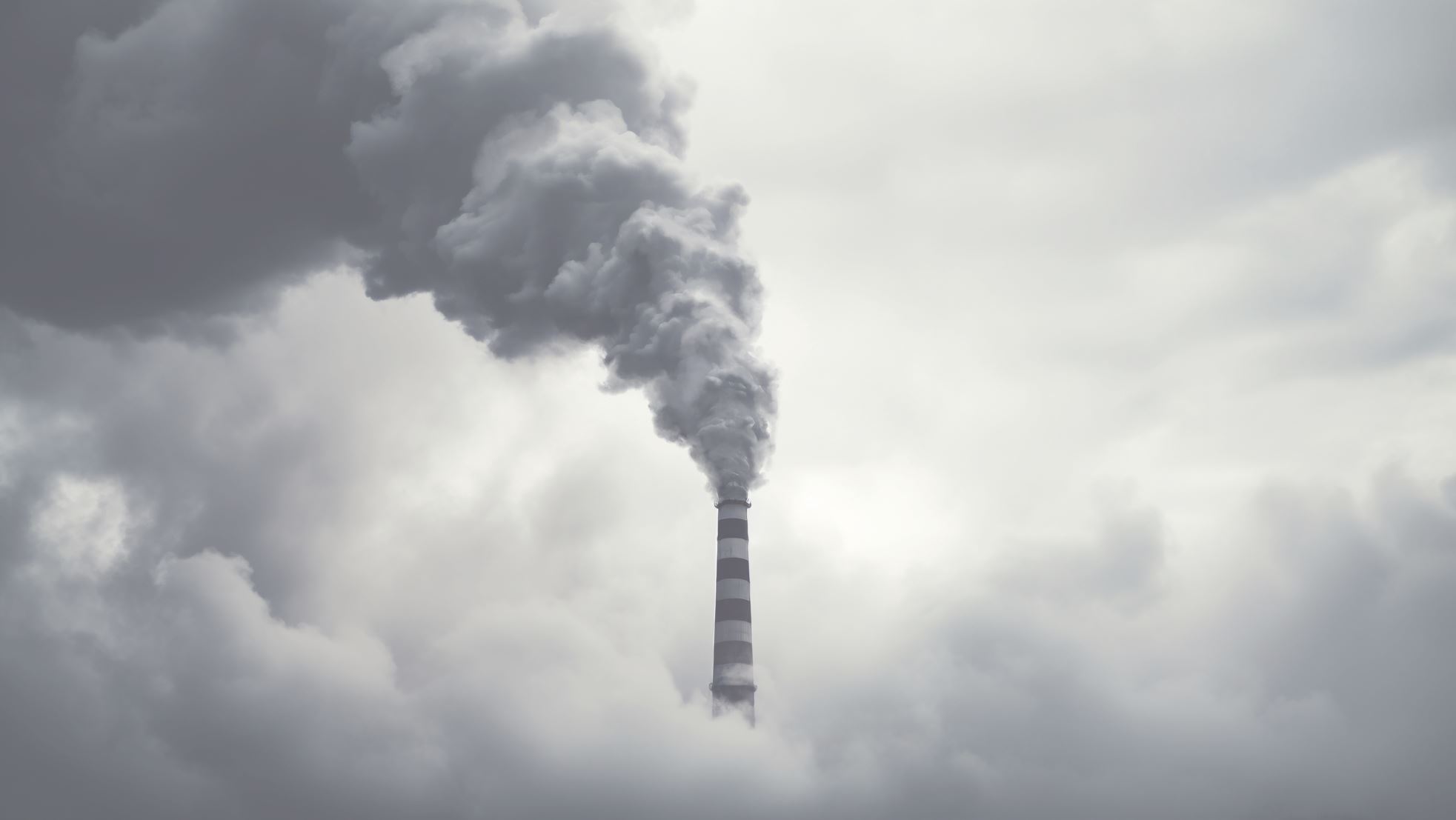

Decarbonization, the process of reducing the amount of carbon dioxide and other greenhouse gases emitted into the atmosphere from energy-intensive sectors, is a crucial step towards mitigating climate change. However, it’s a complex issue due to several reasons, including economic, political, technological, social, and infrastructural challenges. Understanding these complexities allows us to forge a realistic roadmap towards our aspiration, providing a foundation for strategic planning and decision-making processes that can navigate these roadblocks. The goal is not to undermine our aspiration, but to equip ourselves with the knowledge necessary to turn these aspirations into reality.
Economic Factors
Transitioning away from fossil fuels can be expensive. While renewable energy sources like wind and solar power are becoming more cost-effective, they often require significant upfront investment. This includes investments in renewable energy infrastructure, energy-efficient buildings and transport, and carbon capture and storage technologies. While these investments can yield long-term savings and benefits, they can be a barrier for many businesses and households.
The ways in which energy markets are structured can either facilitate or hinder decarbonization. If fossil fuels are heavily subsidized, or if the environmental costs of carbon emissions are not reflected in market prices, this can distort the market and make it more difficult for renewable energy to compete. Economies that are heavily dependent on fossil fuels may face challenges in diversifying their economies. This is a particular issue for countries that rely on oil or coal exports for a significant part of their income that transitioning to a low-carbon economy requires developing their new industries and economic activities.
Businesses may be concerned about the impact of decarbonization on their competitiveness. If a country implements stringent carbon pricing or emissions standards, businesses might worry about being at a disadvantage compared to businesses in countries with less stringent policies.
Political Factors
Policy and regulation play a significant role in promoting or hindering decarbonization. Politics can sometimes delay or block the implementation of environmental regulations. Policies that incentivize renewable energy production, energy efficiency, and other aspects of a low-carbon economy can help accelerate decarbonization. Conversely, policies that subsidize fossil fuels or that fail to account for the environmental costs of carbon emissions can hinder progress.
Decarbonization requires bold decisions and long-term thinking. Political stability can influence a country’s ability to implement long-term decarbonization strategies. In countries with frequent changes in government or policies, or with conflicts or crises, it may be difficult to maintain a consistent and long-term focus on decarbonization. Political leaders need to be willing to take action that may not yield immediate benefits or that may be “unpopular with some groups”, such as implementing carbon pricing or phasing out fossil fuels. Political decisions can be influenced by various interest groups, including those with a stake in the fossil fuel industry. These groups can lobby against decarbonization policies or for policies that favor their interests.
Effective governance structures are crucial for implementing and coordinating decarbonization efforts across different sectors and levels of government. This includes institutions that can enforce environmental regulations, manage climate finance, coordinate between different stakeholders, and monitor and evaluate progress.
Climate change is a global problem that requires global solutions. International cooperation is crucial for achieving decarbonization, including through agreements like the Paris Agreement, which sets targets for reducing emissions and provides mechanisms for climate finance and technology transfer. Democratically involving the public in decision-making processes about decarbonization can lend legitimacy and public acceptance to these efforts. This can be achieved through mechanisms such as public consultations, participatory budgeting, and citizens’ assemblies.
Social and Cultural Factors
The impacts of both climate change and decarbonization measures are often unevenly distributed, raising issues of equity and justice. Low-income households may spend a larger proportion of their income on energy and could be hit harder by increases in energy prices. Similarly, some communities may be more affected by the impacts of climate change or the siting of renewable energy facilities.
Cultural factors, such as values, beliefs, and norms, can also influence attitudes and behaviors related to decarbonization. In some cultures, there may be a strong emphasis on harmony with nature and conservation, while in others there may be a strong emphasis on consumption and growth.
The success of decarbonization policies depends heavily on their acceptance by the public. Perceptions of fairness, costs, and the effectiveness of policies can all influence their acceptance. Misunderstanding or misinformation about climate change and decarbonization can also affect attitudes and behaviors. Addressing these social factors requires a range of strategies, such as public education and engagement, policy measures to manage the social impacts of the transition, and efforts to foster cultural changes that support decarbonization. It’s also important to ensure that the process of decarbonization is inclusive and participatory, involving a wide range of stakeholders and considering their diverse needs and perspectives.
Infrastructure and Technological Lock-In
Much of the world’s existing energy infrastructure is built around fossil fuels. Transitioning to a decarbonized energy system often means substantial changes to or replacement of this infrastructure, which can be expensive and time-consuming. Existing infrastructure, technologies, and the skills and knowledge associated with them can create a kind of inertia known as “lock-in” that makes it more difficult to switch to new technologies. For instance, an energy company that has invested heavily in gas power plants and has expertise in operating them might be reluctant to switch to wind or solar power. Renewable energy sources such as solar farms and wind turbines require significant amounts of land or sea space, which can lead to conflicts with other land uses like agriculture, conservation, or housing.
Current Electric grids were designed for centralized generation, primarily from fossil fuel power plants. They are often ill-equipped to handle the variability and decentralization of renewable energy. Upgrades are needed to improve grid stability and flexibility, increase transmission capacity, and enable energy storage and demand response solutions.
Shifting from fossil fuel-based vehicles to electric vehicles (EVs) requires a massive build-out of charging infrastructure. There are currently far fewer charging stations than gas stations, and this lack of infrastructure can be a significant barrier to EV adoption. In addition, electric grid upgrades may be required to handle the increased electricity demand from EVs.
Switching to electricity or other low-carbon options for buildings and industrial processes often requires significant upgrades or retrofitting. Replacing a natural gas furnace with an electric heat pump in a building requires not just the new equipment but also potentially upgrading electrical systems, which would be costly and complex.
Inequitable Global Development
Developing nations argue that developed countries became prosperous through centuries of fossil fuel use, so it’s unfair to limit developing nations’ ability to use these cheap and reliable energy sources to grow their economies.
Developed nations have historically been responsible for the majority of greenhouse gas emissions. They have industrialized and grown their economies largely by burning fossil fuels. However, many developing nations are still in the early stages of industrialization and are seeking to improve their living standards, often with a growing reliance on the same fossil fuels that developed nations used in their growth. This raises questions of equity and fairness: “Should these nations be allowed to follow the same high-carbon path to development or should they be expected to pursue a lower-carbon path, potentially at higher costs or slower pace?“
Many developing nations still struggle with energy poverty – where a significant portion of the population lacks access to reliable and clean energy. This not only hinders their development but also compromises the quality of life, health, and economic opportunities for these populations. At the same time, developing nations are often the most vulnerable to the impacts of climate change, despite contributing the least to the problem.
Decarbonizing economies require significant financial resources and access to the latest technologies. Developed countries, which have more of these resources, are often called upon to provide financial support and technology transfer to help developing countries transition to low-carbon economies
This problem highlights the need for global cooperation, financial assistance, technology sharing, and capacity-building to support developing nations in their decarbonization efforts. It also underscores the importance of developing sustainable, low-carbon pathways to development that address energy poverty and promote economic growth. This is one of the central themes of the United Nations’ Sustainable Development Goals (SDGs), which seek to harmonize economic development with environmental sustainability and social equity.
Intermittency of Renewable Energy
Many renewable energy sources are intermittent, meaning they don’t produce energy consistently. This creates a need for backup power sources, which are often fossil fuel-based, thereby making it challenging to eliminate carbon emissions completely. Climate change itself can also pose a challenge to certain renewable energy sources. For example, hydroelectric power can be impacted by changes in rainfall patterns, and solar power can be affected by increased cloud cover or dust from desertification. Because of their intermittent nature, wind and solar power are often paired with energy storage solutions, like batteries, to store excess power when production is high and release it when production is low. While energy storage technologies have advanced significantly, they still have limitations. Batteries are expensive and have a limited capacity, and other forms of storage like pumped hydro or thermal storage are location-dependent.
Renewable energy technologies require substantial amounts of materials to build. The extraction and processing of these materials can have significant environmental impacts and can also be a limiting factor in the scaling up of these technologies. its systems also have their own supply chain challenges. Elements like cobalt and lithium, used in the manufacturing of batteries for electric vehicles and energy storage, are not evenly distributed around the world. There are also concerns about the environmental impacts of mining these materials and the human rights issues in the countries where these resources are found.
Managing the power grid (Grid Management) becomes more complex with a high penetration of intermittent renewable energy. Traditional power plants are often needed as a backup to ensure a stable power supply when renewable production is low. This need for backup capacity can limit the potential reductions in greenhouse gas emissions. Advanced grid management strategies, like demand response and smart grid technologies, can help but also require significant investments. Intermittent renewable energy often leads to a more distributed power generation system. Instead of a few large power plants, we have many small generators spread out across a wide area. This distributed generation can make the power system more resilient and less vulnerable to large-scale blackouts, but it also requires a different approach to grid management and regulation.
Educational and Skills Gap
Transitioning to a low-carbon economy requires a workforce with new skills, including the installation and maintenance of renewable energy infrastructure, energy efficiency auditing, and more. Developing this workforce is a major undertaking that involves changes to education and training programs.
New technologies are emerging that require specific skills and expertise. These include renewable energy technologies, energy storage, carbon capture and storage, electric vehicles, and smart grid technologies. A gap in skills and knowledge in these areas can slow down the implementation of these technologies. This gap not only limits the growth of these sectors but also misses an opportunity to provide employment and stimulate economic growth.
To address these educational and skills gaps, reforms may be needed in education and training programs to ensure they are aligned with the needs of a low-carbon economy. This could involve introducing new courses and programs, adapting existing ones, and promoting lifelong learning and skills upgrading. It also involves education and awareness-raising about climate change and the actions individuals can take to reduce their carbon footprint. Finally, it involves creating opportunities for hands-on learning and experience, such as apprenticeships and internships in green industries.
Hard-to-Decarbonize Sectors
Some Sectors are particularly carbon-intensive, such as aviation, shipping, cement production, and steel manufacturing. For these industries, it’s difficult to find low-carbon alternatives that provide the same level of efficiency and cost-effectiveness.
Industries like steel, cement, and chemicals are notoriously hard to decarbonize. These industries rely heavily on processes that emit a large amount of CO2. In steel production, carbon is needed to remove oxygen from iron ore. For cement, a significant portion of emissions comes from the chemical process of turning limestone into clinker. Some hope that hydrogen could replace carbon in these processes, but that technology is also still in development.
In Aviation, current battery technology does not allow for long-haul electric flights due to weight and energy density limitations. While biofuels or synthetic fuels could help reduce emissions, they are currently expensive and can have other environmental impacts. Hydrogen is another potential alternative, but substantial challenges remain, including the need for new engine designs and large-scale hydrogen production and infrastructure.
Like aviation, the long distances and heavy loads involved in shipping make it hard to switch to electric power. Current solutions include slow steaming (reducing speed to save fuel), improved hull design and engine efficiency, and the use of alternative fuels like biofuels, ammonia, or hydrogen. However, each of these has its own challenges and limitations.
While not an energy-intensive industry, agriculture is a major source of emissions, particularly methane from livestock and nitrous oxide from fertilizers. Solutions here include improved feed to reduce methane emissions from cattle, alternative farming practices to reduce fertilizer use, and the adoption of plant-based diets. However, these all face significant economic, cultural, and behavioral barriers.
Carbon Pricing
Carbon pricing, either through a carbon tax or cap-and-trade system, is widely seen by economists as an effective way to encourage decarbonization. However, it’s politically challenging to implement. Fossil fuel prices would increase, at least in the short term, which could be unpopular with the public. Some strategies for decarbonization involve carbon offsetting, which involves compensating for emissions in one area by reducing or removing emissions elsewhere, such as through reforestation. However, the effectiveness of offsetting is often disputed. For instance, newly planted forests may not absorb as much carbon as the mature forests that are often cut down, and it can take many years for them to do so.
“Cap-and-trade Systems” establish a ‘cap’ or maximum limit on the total amount of emissions in a given period for specific sectors. Companies are given allowances for emissions, and if they reduce their emissions, they can sell their surplus allowances to others. This system incentivizes companies to innovate and reduce emissions to save costs. An example of this system is the European Union Emissions Trading Scheme (EU ETS), which covers power generation, manufacturing industry, and commercial aviation.
“Carbon Taxes” is a direct tax on carbon emissions. Firms are charged a set fee for every tonne of carbon dioxide equivalent they emit. This pricing method provides businesses with the certainty of a set price for carbon, thus allowing them to plan their investments in decarbonization. British Columbia in Canada has successfully implemented a carbon tax, leading to significant emissions reductions without hindering economic growth (On April 1, 2023, B.C.’s carbon tax rate rose from $50 to $65 per tCO2e).
“Hybrid Systems” are a mix of cap-and-trade and carbon taxes, where a price floor (minimum price) and a price ceiling (maximum price) are established. This system provides companies with price stability while ensuring that emissions reductions are achieved.
While these systems can be effective in reducing emissions. A key issue is setting the right price for carbon to reflect its environmental costs without imposing undue burdens on businesses and consumers.
Also, there may be resistance from industries that are heavily dependent on fossil fuels and fear that carbon pricing will increase costs and affect competitiveness. There may also be concerns about the impact on low-income households, which spend a larger proportion of their income on energy. To address these concerns, revenue from carbon pricing can be used to support clean energy initiatives, help industries transition to lower-carbon technologies, and provide rebates or assistance to low-income households. Clear and consistent policy signals are also important to give businesses the confidence to invest in clean technologies.
Inertia and Resistance to Change
Existing industries, infrastructure, and even ways of life are based around fossil fuels. Companies, governments, and individuals can all resist change due to the perceived risks or losses involved. Entire industries, like automotive or oil and gas, have grown prosperous and powerful through their exploitation. These industries have vested interests in maintaining the status quo and can resist changes that might threaten their profits. Transitioning to a low-carbon economy may also involve short-term costs and economic disruptions, such as job losses in certain sectors, which can lead to resistance from those affected. Moreover, politicians may resist policies that could be unpopular or cause short-term economic disruption, even if they lead to long-term benefits. They may also face pressure from powerful interest groups, including those from “Big oil” industries, to maintain the status quo. In some cases, political ideologies or beliefs, such as opposition to government regulation.
To overcome this inertia and resistance, strong and consistent political leadership is needed, along with public support for decarbonization. This can be achieved through public education about the risks of climate change and the benefits of decarbonization, and through policies that manage the transition in a just and equitable way, such as support for workers who may lose their jobs in the transition. It’s also important to involve a wide range of stakeholders in the process, to ensure that all voices are heard and that the benefits and costs of the transition are fairly distributed.
Lifestyle and Behavioral Changes
Decarbonization isn’t just about energy production; it’s also about energy consumption. Societal systems, including cultural, are resistant to change by their nature. We’ve built our societies around the availability and usage of fossil fuels. Changing this involves not just technical changes, but changes in societal norms, behaviors, and structures. For example, shifting from private car ownership to public transportation or active transportation (like biking or walking), reducing car and air travel, changing diets, or lowering consumption of goods and services overall. These changes can be difficult for individuals, and require broad societal shifts in attitudes and behaviors. As the global population continues to grow, so too does the demand for energy, food, and other resources, which can increase carbon emissions. Managing this demand while also improving living standards, particularly in developing countries, is a significant challenge.
Key takeaways












